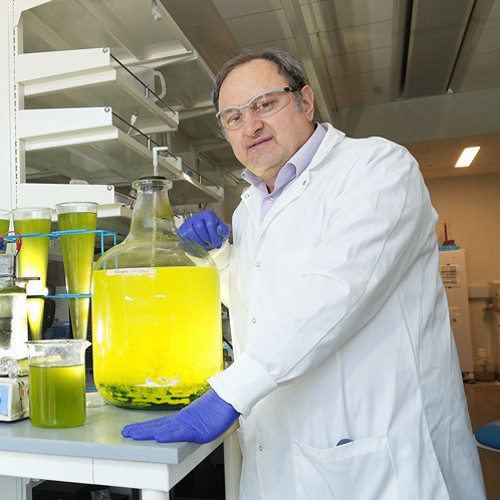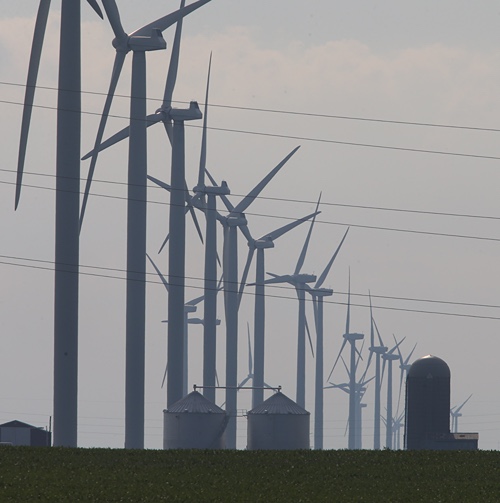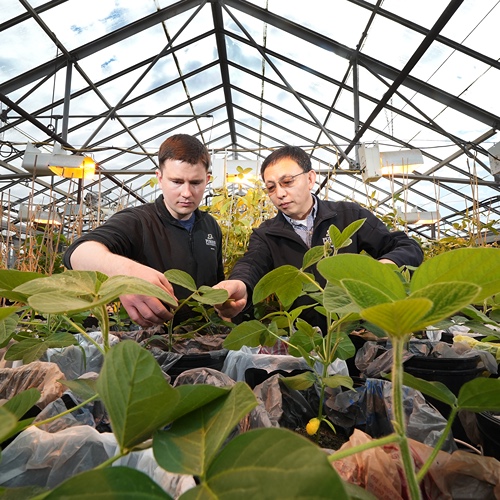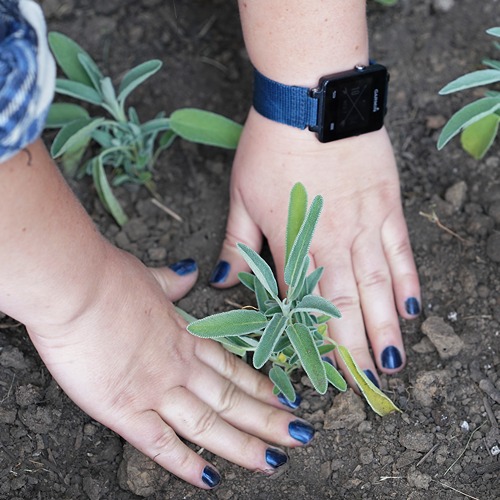Consumers are managing inflation in food prices for now, but their expectations to experience future inflation increased from last month, according to this month's Consumer Food Insights Report from Purdue University.
The survey-based report out of Purdue University’s Center for Food Demand Analysis and Sustainability assesses food security and spending, consumer satisfaction and values, support of agricultural and food policies and trust in information sources.
Key results include:
- A Sustainable Food Purchasing (SFP) Index of 68/100
- Food inflation expectations among consumers are on the rise
- In response to inflation, 24% of respondents sought out more sales and discounts; 31% have not changed their behavior.
- Weekly food spending increased by 3.2% and 5.5% on food away from home
- 67% of respondents reported not seeing the "Bioengineered" label that is now mandatory on certain genetically engineered food products
"Increasing inflation expectations are a bit worrisome because expectations of future price can lead to a self-fulfilling prophesy,” said Jayson Lusk, the head and Distinguished Professor of Agricultural Economics at Purdue, who leads the center. “However, I find it more interesting that consumers’ perceptions of how much food prices have increased over the past year is quite a bit lower than the official data.”
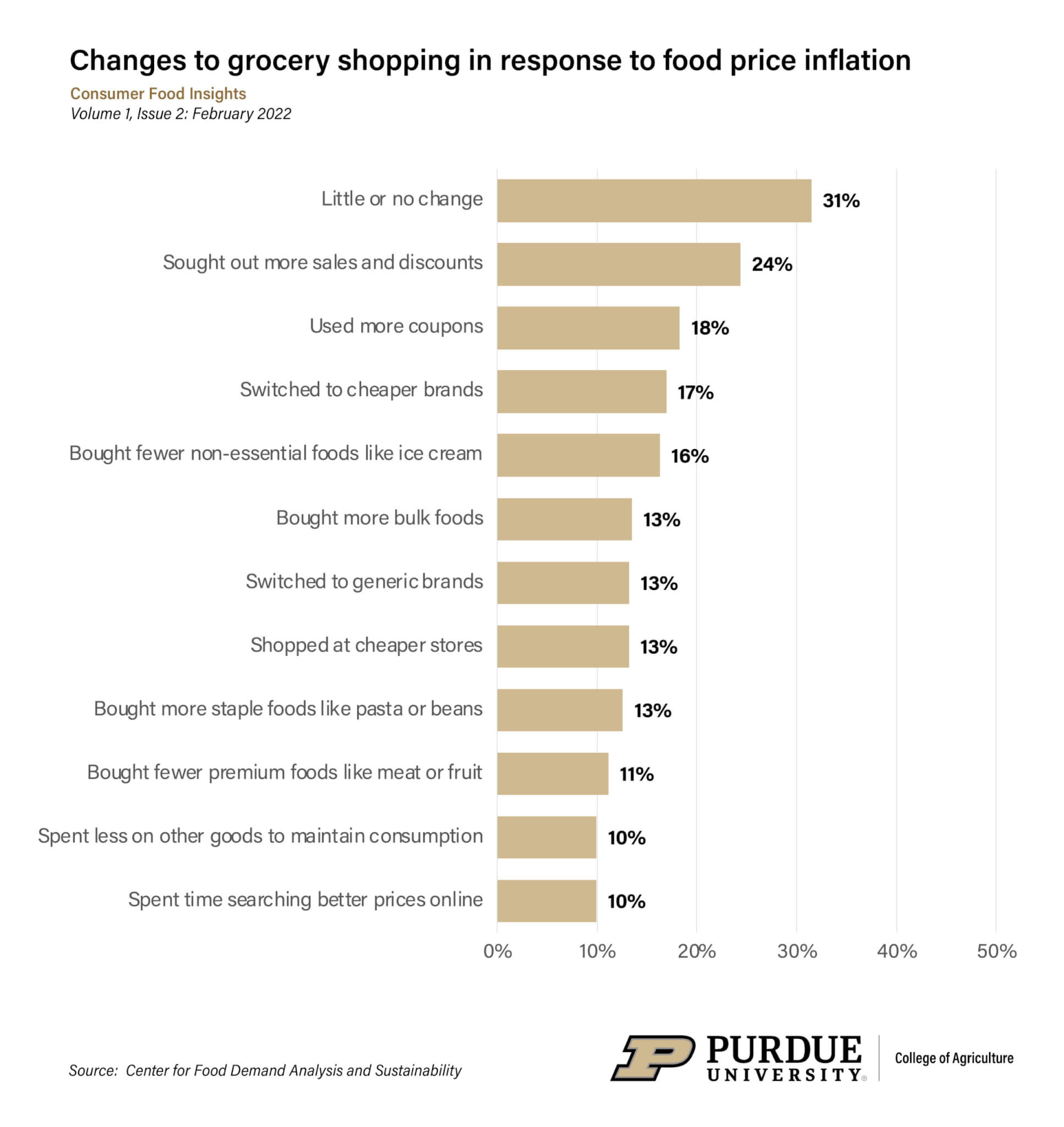
The Bureau of Labor Statistics reported that prices of food at grocery increased 7.4 percent over the course of the past year, but the consumers surveyed for the Consumer Food Insight Report said, on average, they thought food prices had increased 5.2 percent over the past year.
“Maybe consumers aren’t ‘feeling’ inflation as much because they can adjust to higher prices in a variety of ways like shopping on sale or substituting lower price alternatives,” Lusk said. “When we asked consumers how they were responding to increased food prices, the most common answer was that they had made little to no change in their shopping habits, which suggests wage and income growth, coupled with savings, have not led to major shifts in consumers’ buying habits.”
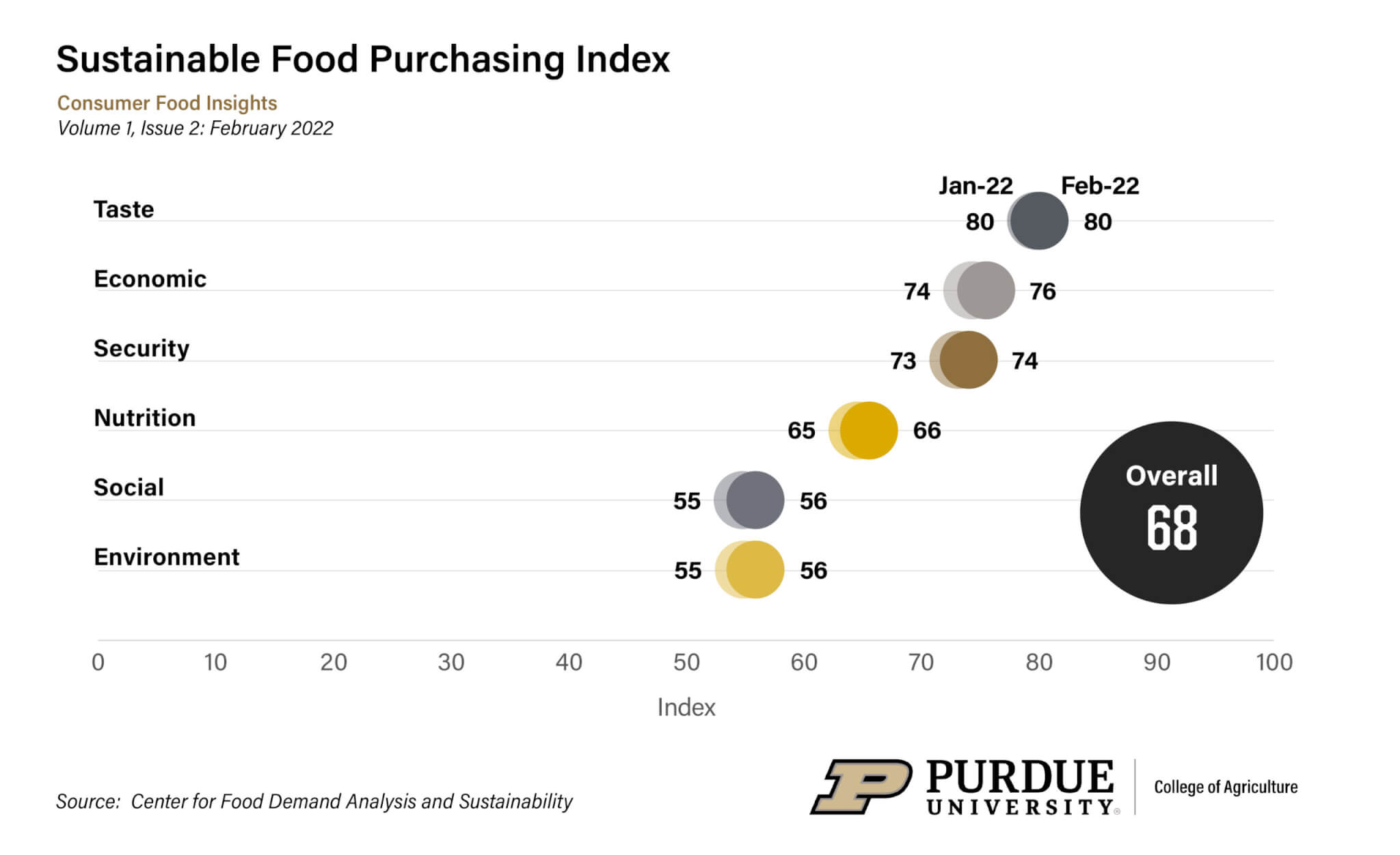 The Sustainable Food Purchasing Index (SFP). The score reflects consumer food purchasing that aligns with a set of key recommendations for healthy diets from sustainable food systems. The SFP is part of the Purdue Consumer Food Insights Report, a new monthly report identifying trends and changes in consumer food purchases and preferences. (Purdue University image/Courtesy of the Center for Food Demand Analysis and Sustainability)
The Sustainable Food Purchasing Index (SFP). The score reflects consumer food purchasing that aligns with a set of key recommendations for healthy diets from sustainable food systems. The SFP is part of the Purdue Consumer Food Insights Report, a new monthly report identifying trends and changes in consumer food purchases and preferences. (Purdue University image/Courtesy of the Center for Food Demand Analysis and Sustainability) "The stability of the SFP Index and other measures in the report gives us confidence in the survey and our work,” said Sam Polzin, a food and agriculture survey scientist for the center and co-author of the report. “It means we are getting at fundamental measures of consumer behaviors and opinions. With a solid baseline, we will be able to recognize trends and future shifts in consumer food purchases and preferences.”
The Center for Food Demand Analysis and Sustainability is part of Purdue’s Next Moves in agriculture and food systems, and seeks to use innovative data analysis shared through user-friendly platforms to improve the food system. In addition to the Consumer Food Insights Report, the center offers a portfolio of online dashboards.
